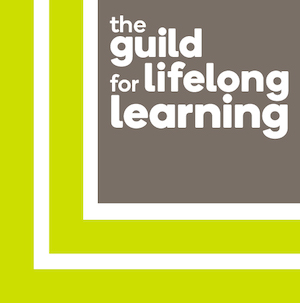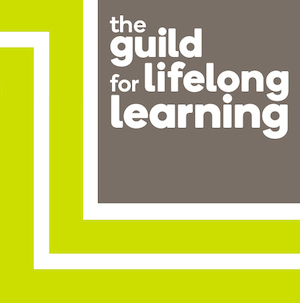All Categories > Archaeology, History & History of Art
Course synopsis
What happens when we die? Is it the end of existence or the beginning of a new form of existence? Evidence suggest that 70,000 years ago Neanderthals asked that question, and carefully buried their dead and left grave goods as an offering. Some cultures like Egypt envisaged a blessed life in the Field of Roads, but the Mesopotamian, Hebrew and Greek religions could think only of a gloomy Underworld. Later on special places for the very good (Heaven) and for the very bad (Hell) were imagined, and even an in-between place (Purgatory) for those in the middle. Viking warriors hoped to feast with Odin in Valhalla; and the Maya too thought that soldiers who died in battle and women who died in childbirth would go to a special place, away from the gloomy regions of the god of the dead. In India the belief in reincarnation meant a longing to escape to the dreamless sleep of Nirvana. All of these beliefs affected profoundly the physical ways people dealt with corpses - interment in the ground, cremation, sky burials. This course will examine attitudes around the world and the changing face of funerary beliefs and customs in Western Europe over the last 1000 years
Book your place
| Time/Place | Price | Sessions | Quantity |
|---|
Note: places on courses and events are only reserved once purchased.
About the teacher
Michael Tunnicliffe
I act as a freelance tutor for a number of providers in the north west.
I teach two courses a week at the Guild on Wednesday and Friday...

